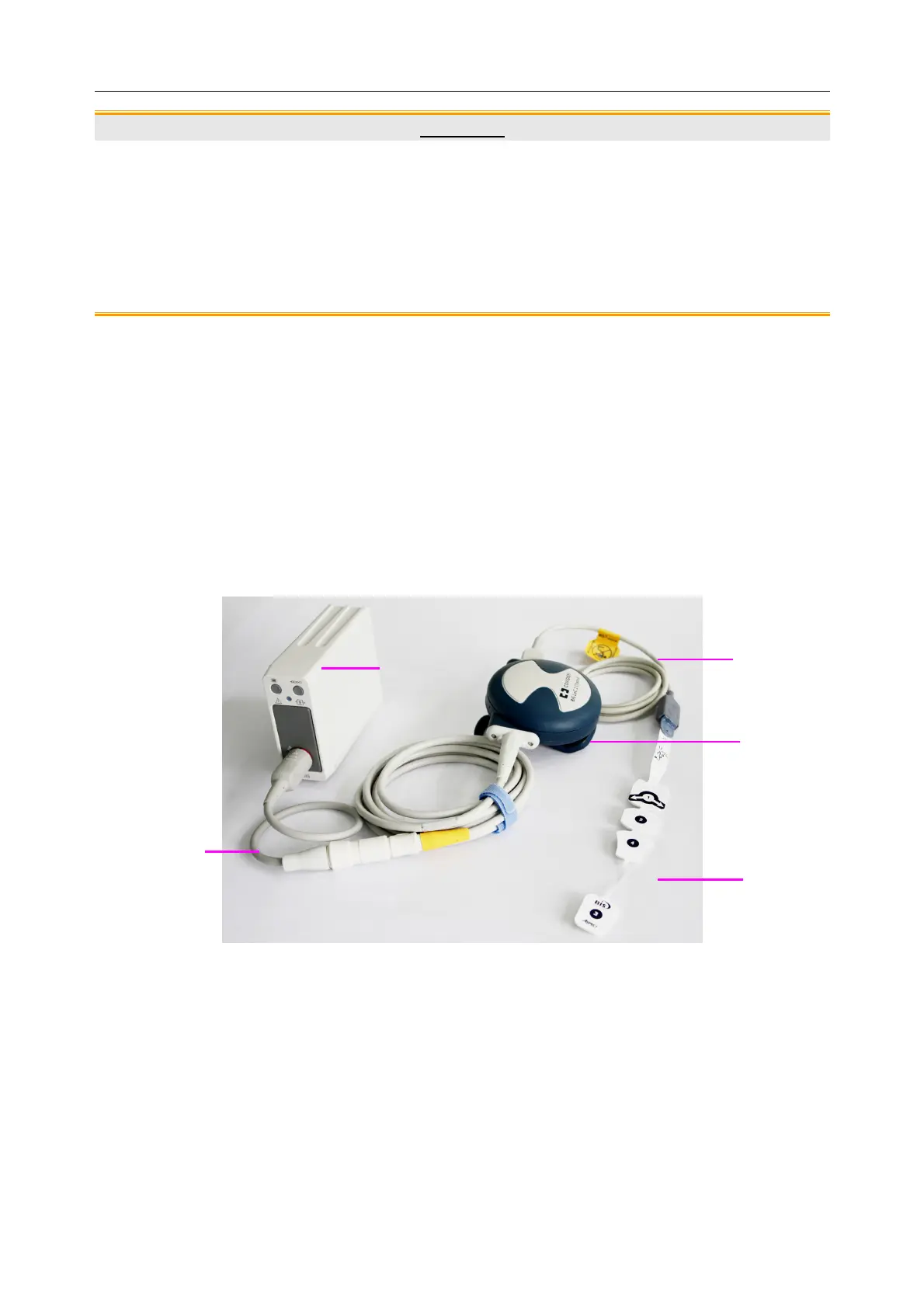Patient Monitor User Manual Monitoring BIS
- 167 -
CAUTION
7 Using accessories other than those specified may result in increased
electromagnetic emissions or decreased electromagnetic immunity of the BISx
device.
8 The BISx device should not be used adjacent to or stacked with other equipment. If
adjacent or stacked use is necessary, the BISx device should be observed to verify
normal operation in the configuration in which it will be used.
NOTE:
The BIS measurements are very sensitive measurements that measure very small
signals. Technological limitations don't allow higher immunity levels than 1 V/m for
radiated RF electromagnetic fields and 1 Vrms for conducted disturbances induced by
RF fields. Electromagnetic fields with field strengths above 1 V/m and conducted
disturbances above 1 Vrms may cause erroneous measurements. Therefore EDAN
recommends that you avoid using electrically radiating equipment in the close proximity
of these measurements.
18.3 BIS Monitoring Setup
1.
Connect the BISx device to the V-BIS module with the adapter cable and plug the V-BIS
module into the monitor.
2.
Using the attachment clip, secure the BISx device to a convenient location near the patient's
head.
3.
Prepare sensor site and place the BIS sensor on the patient in accordance with the
instructions included on the sensor packaging. Make sure that the patient’s skin is dry. Be
aware that a wet sensor or a salt bridge may cause erroneous BIS and impedance values.
4.
Attach the BIS sensor to the PIC. To insert the sensor into the PIC, line up as shown and
insert the sensor tab into the PIC sensor connector until an audible “click” is heard. The
V-BIS module
Adapter cable
BIS senso
Patient
interface
cable (PIC)
BISx device

